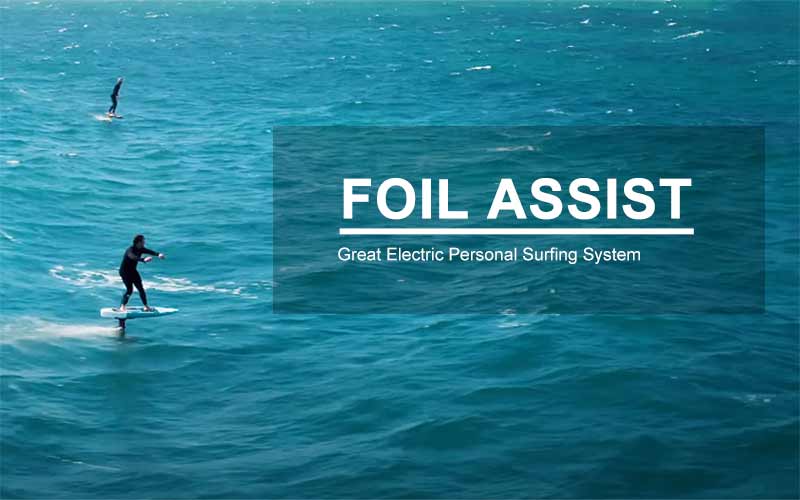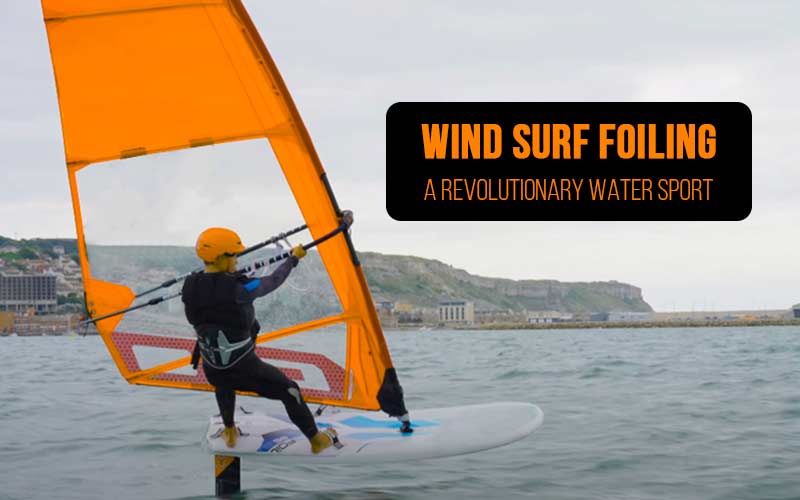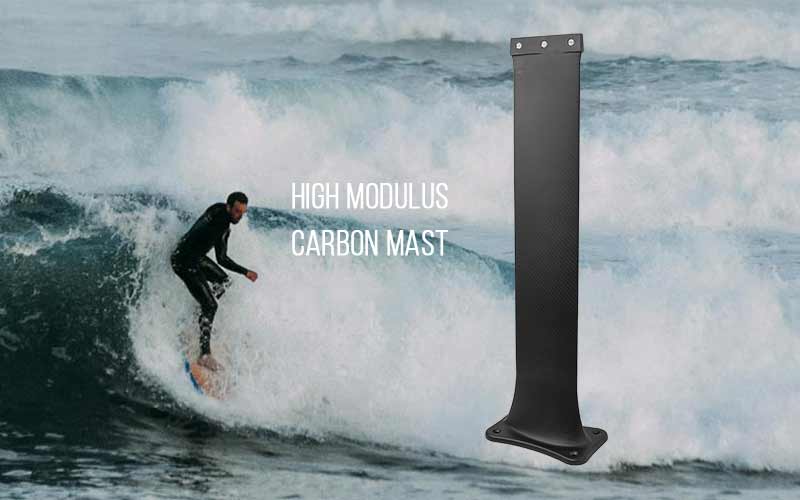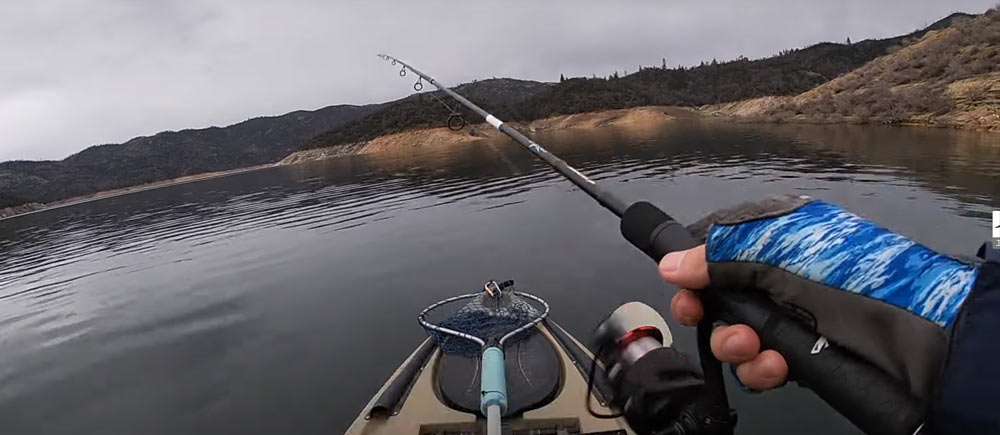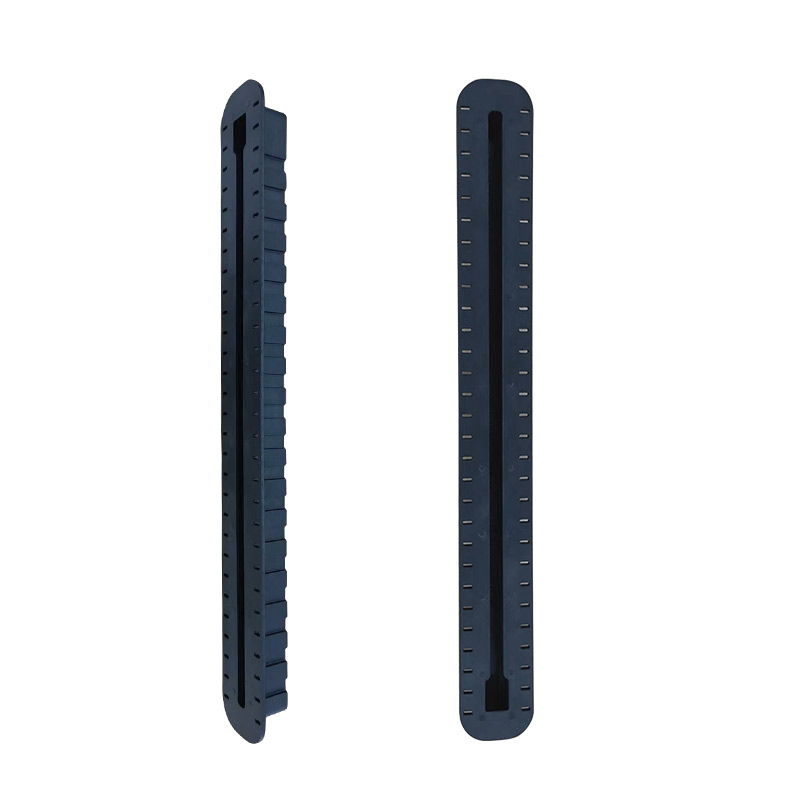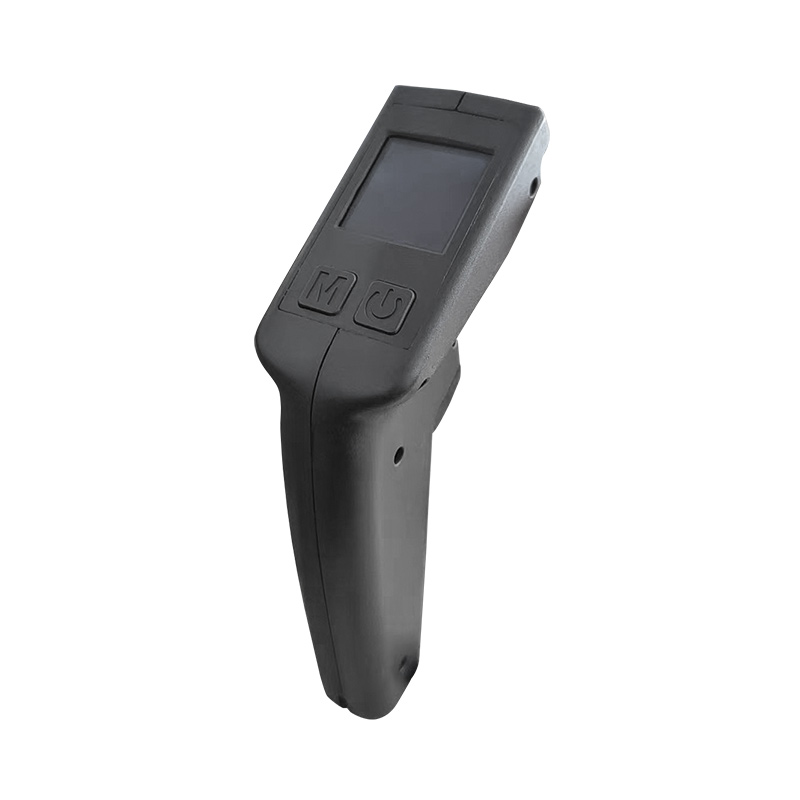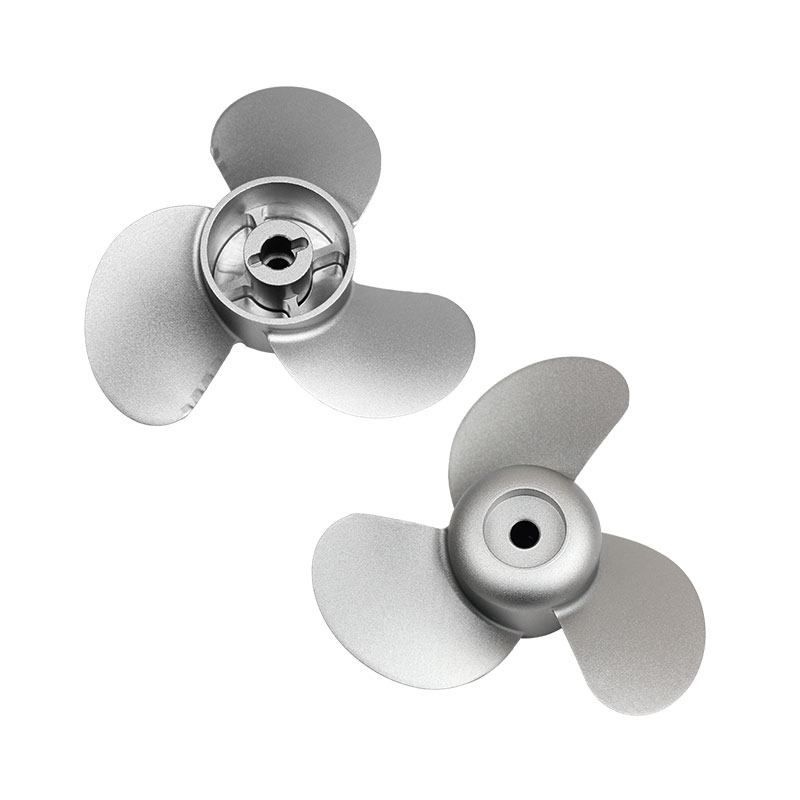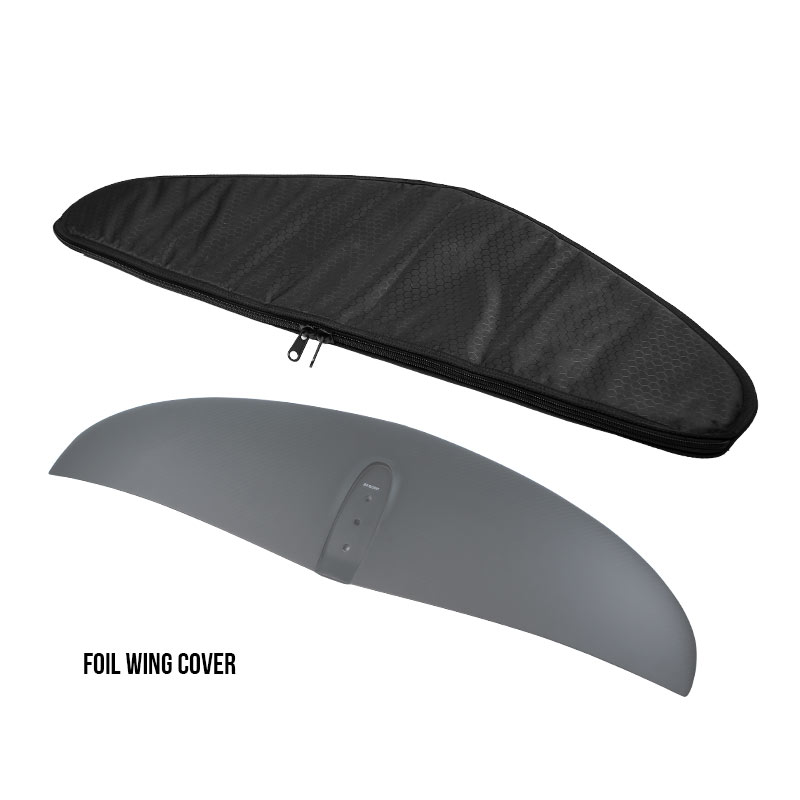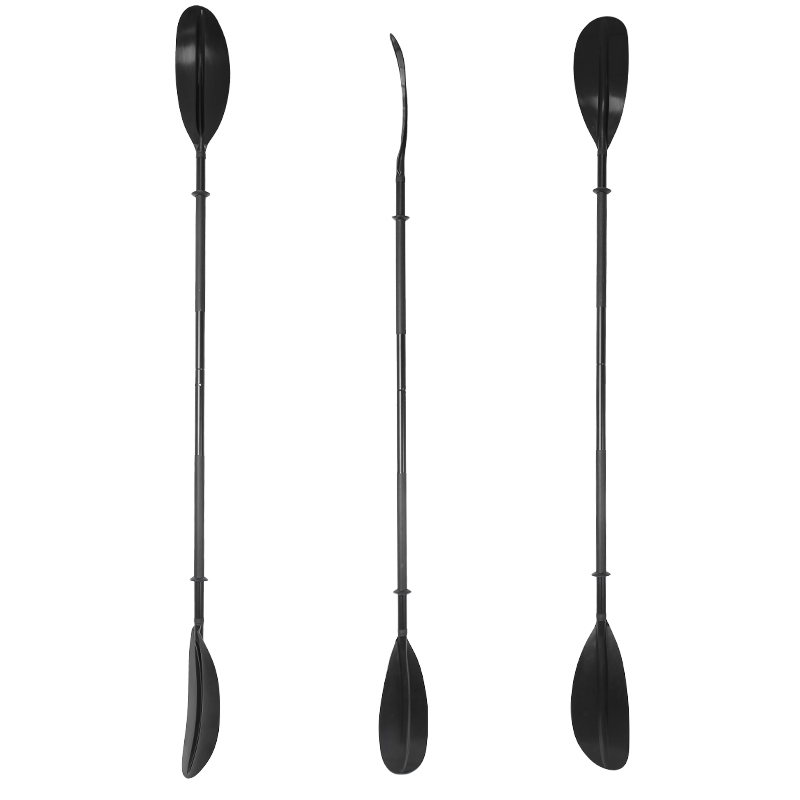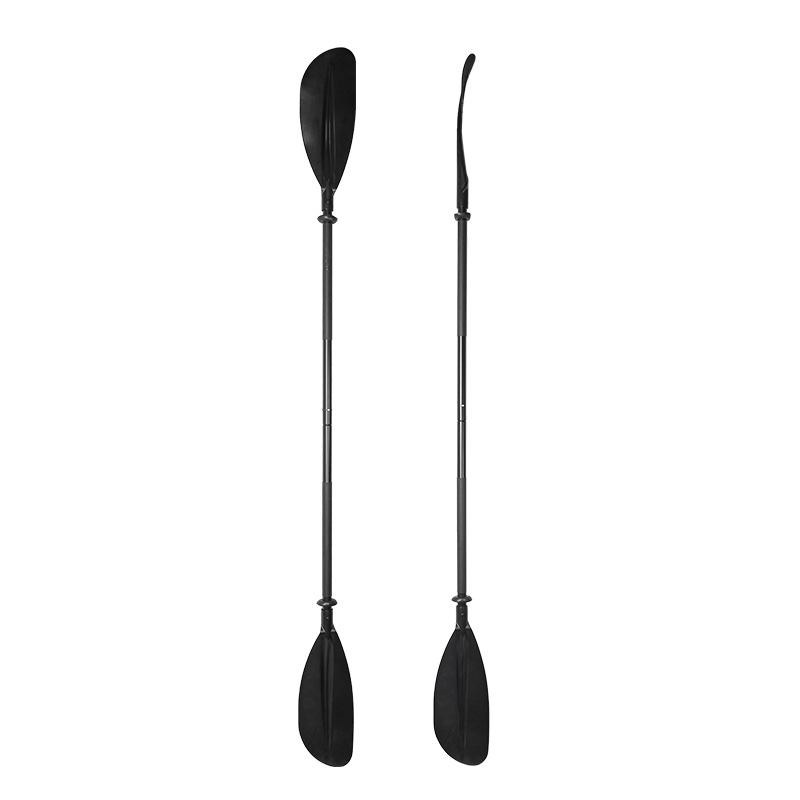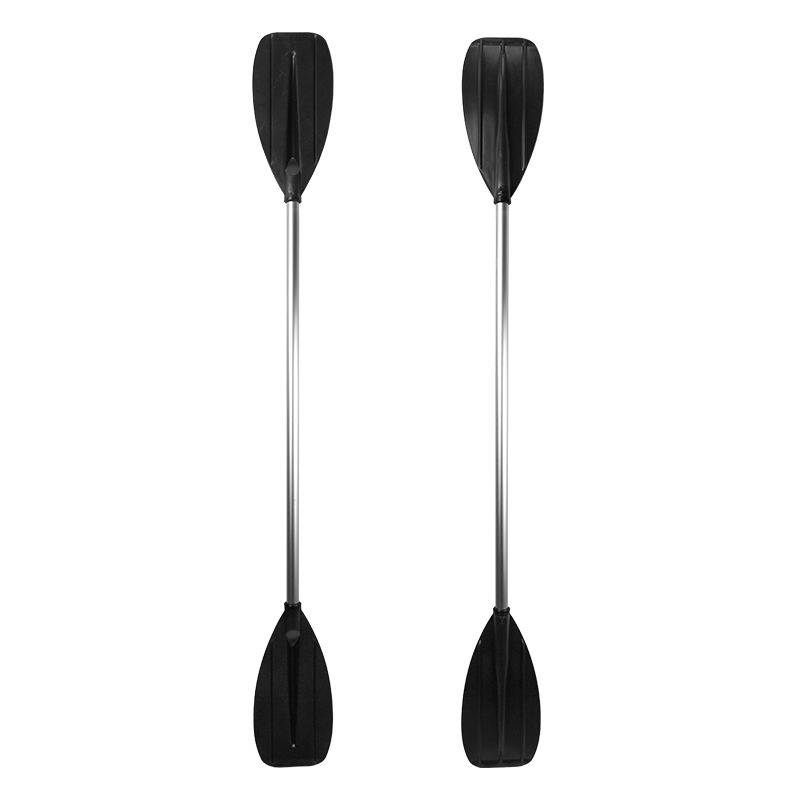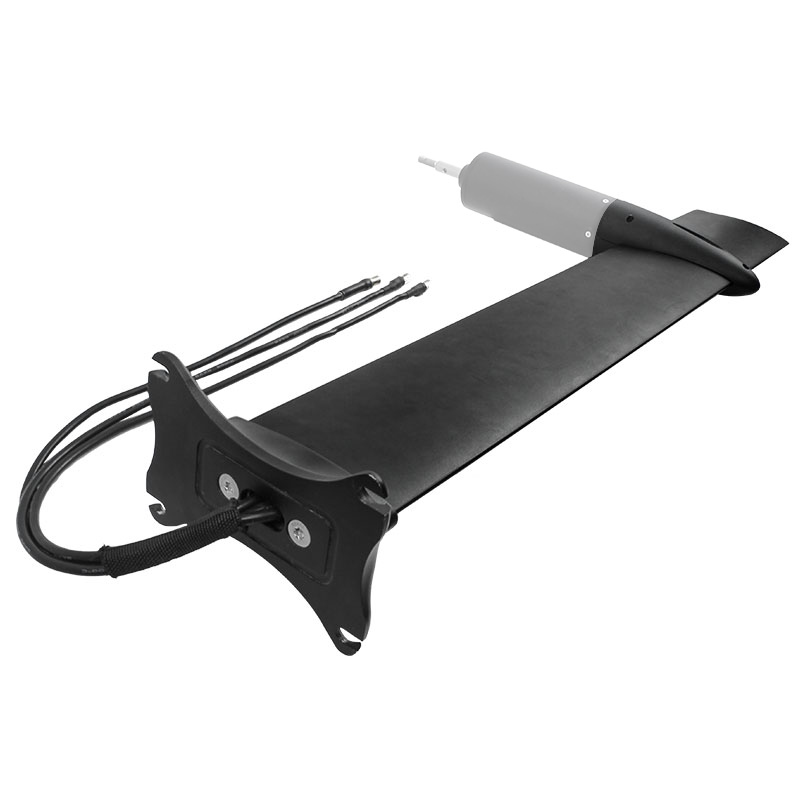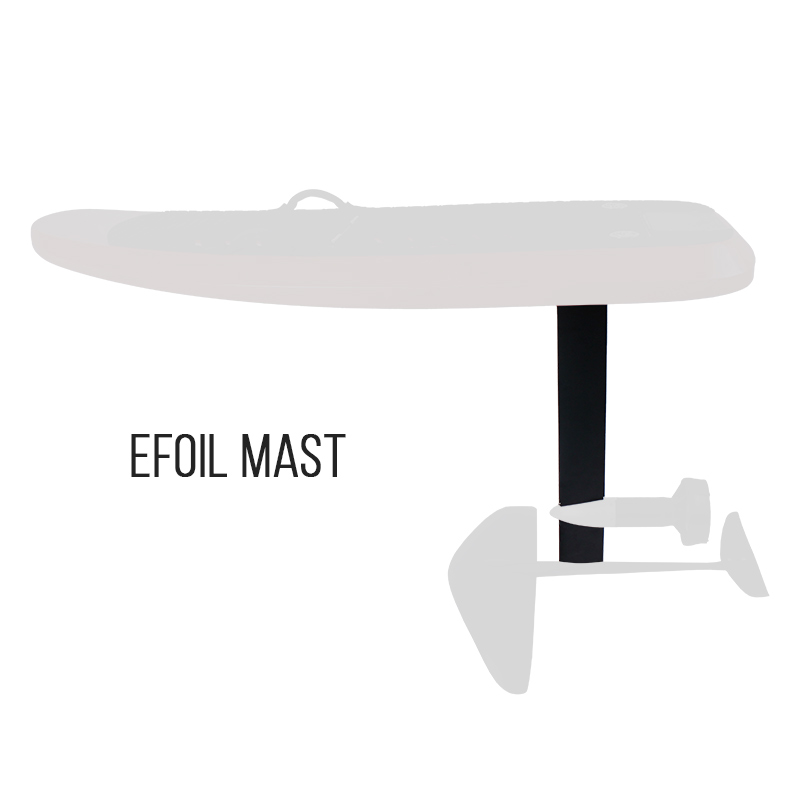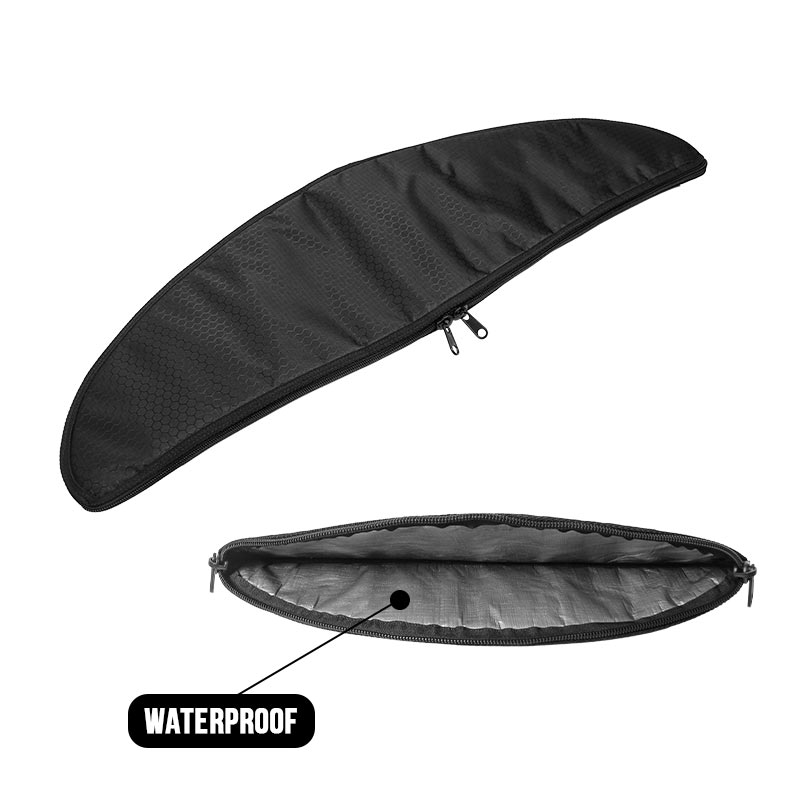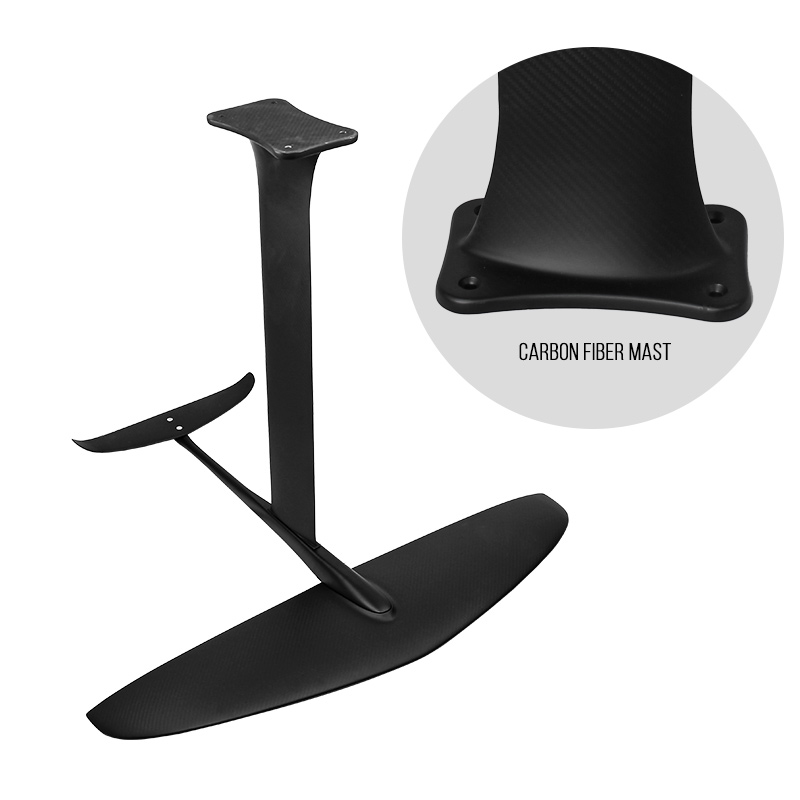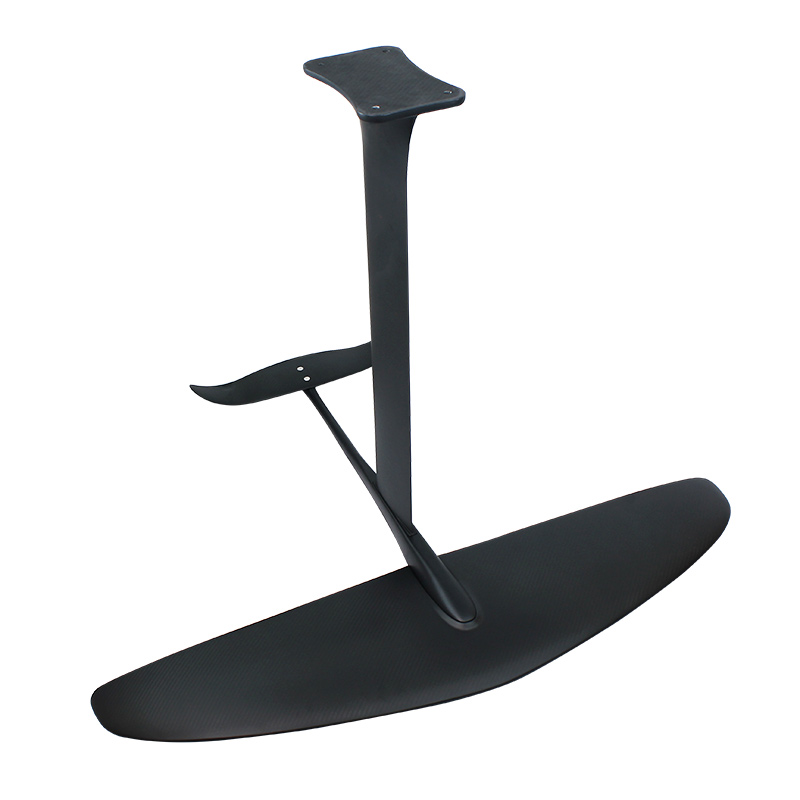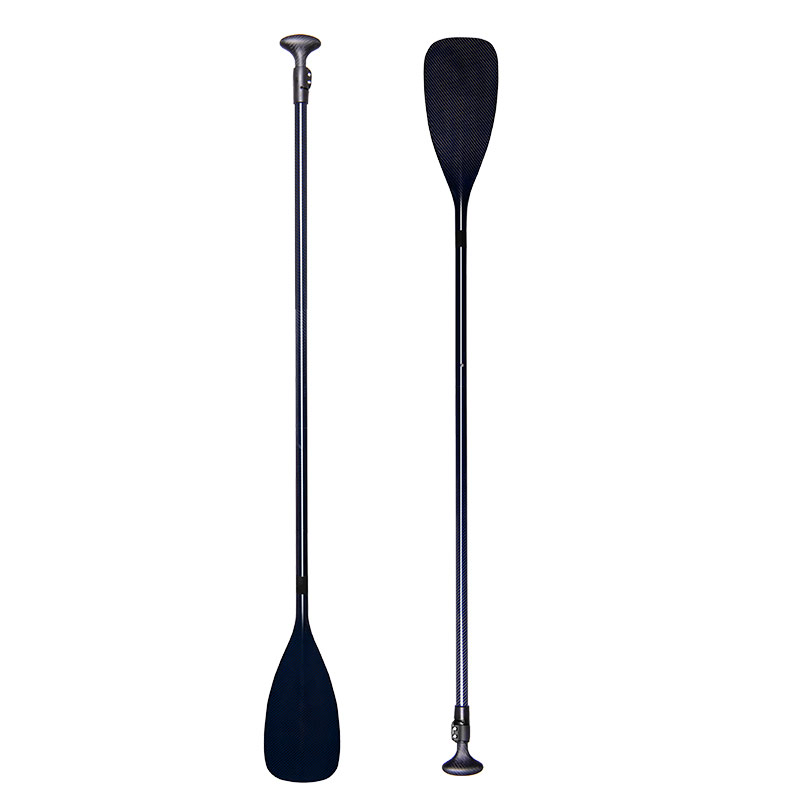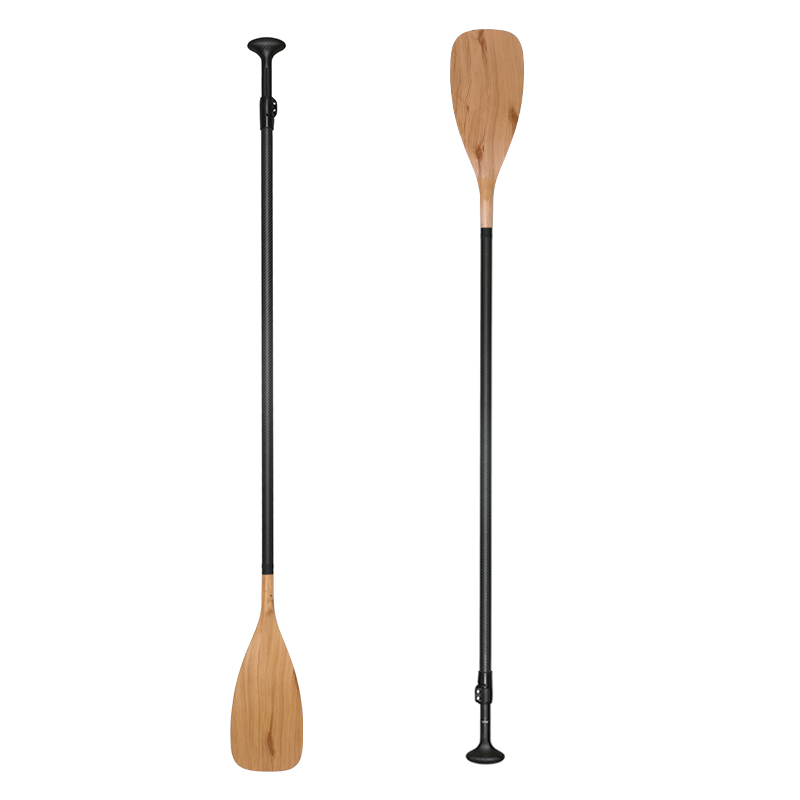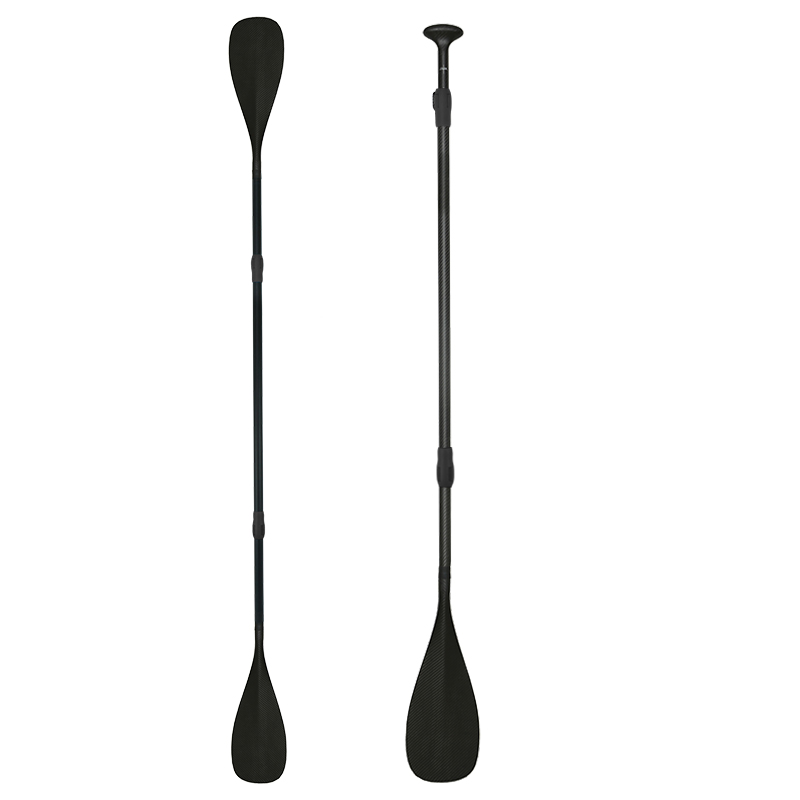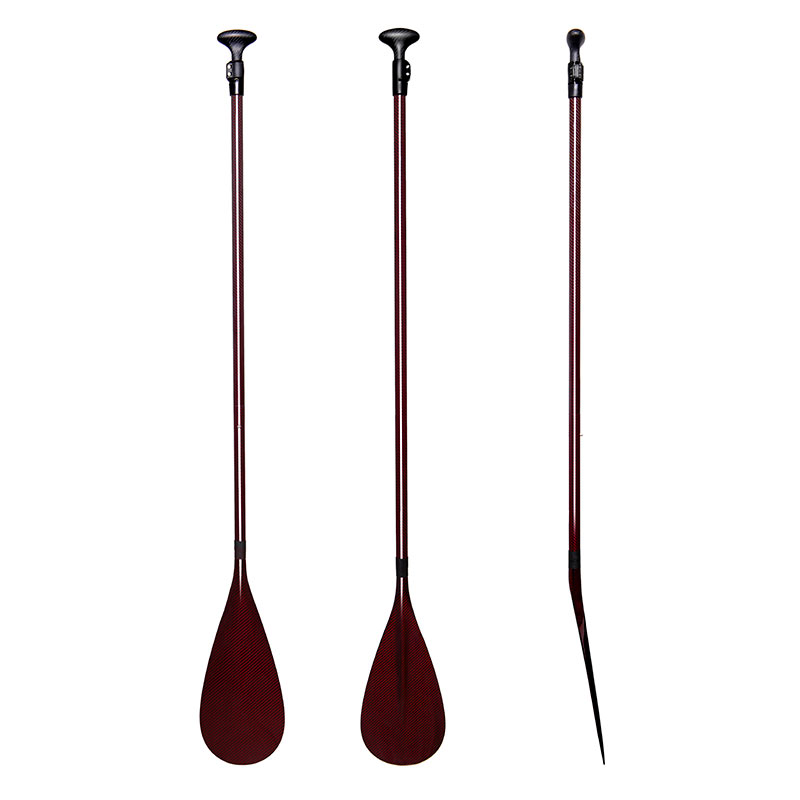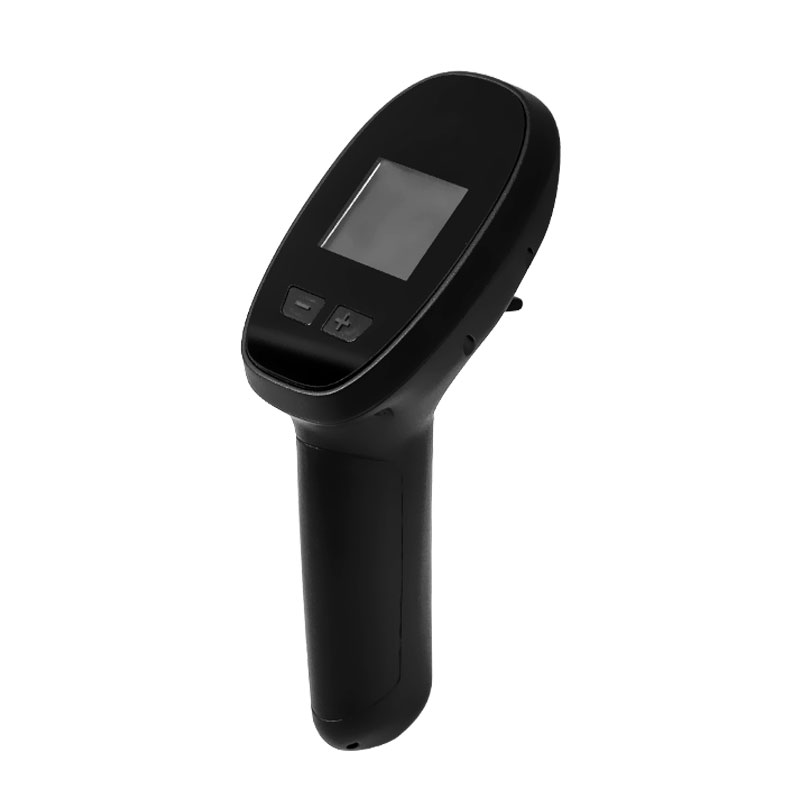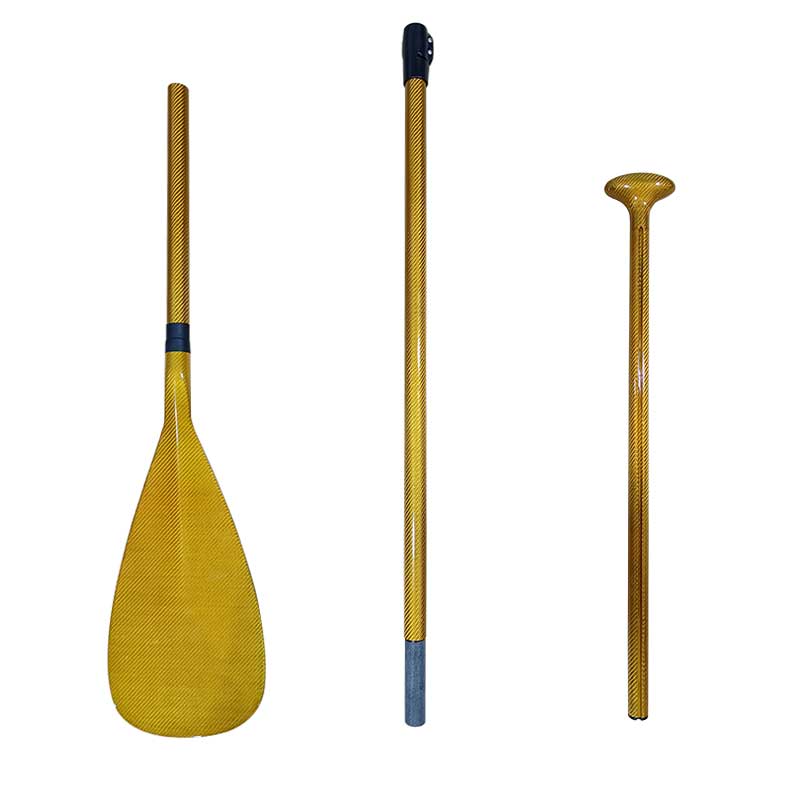Introduction
For a gas powered surfboard beginner, it’s best to have a detailed understanding of it before using it. This way, you can learn faster and ensure safety. So, this article will help you to learn about it. Meanwhile, if you are interested in the electric power surfboard, welcome to click the link to check.
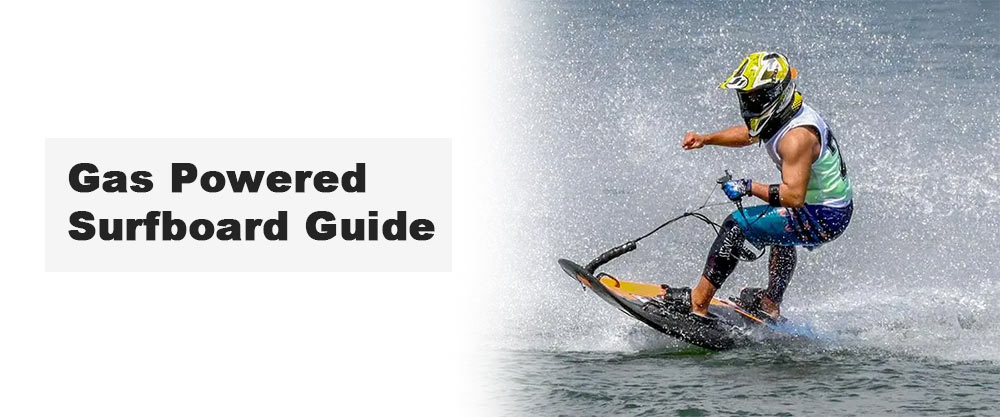
1.1What is a Gas Powered Surfboard?
A gas powered surfboard, also known as a motorized surfboard, is a unique watercraft that combines the thrill of traditional surfing with the convenience and speed of a small internal combustion engine.
In general, it has a streamlined design, with a weight ranging from approximately 70 to 90 kilograms. The motorized surfboard is constructed from advanced composite materials and can reach speeds of up to 55 kilometers per hour. The hull features a control handle, an electronic ignition switch, and a throttle controller. On the bottom of the surfboard, there is a single-cylinder water-cooled two-stroke engine and a jet pump system.
These surfboards are designed for individuals who want to ride the waves without having to rely solely on their physical paddling or the power of the ocean or river.
1.2Brief History of Gas Powered Surfboards
The history of gas-powered surfboards is a fascinating journey that combines the love of surfing with innovation in technology.
- Early Experiments (1960s): The concept of adding an engine to a surfboard for added speed and efficiency dates back to the 1960s. Early pioneers experimented with different propulsion systems, often adapting small outboard motors.
- Aquascooter and SurfJet (1970s): In the 1970s, the Aquascooter and SurfJet were among the first commercial attempts at motorized surfboards. These early models were relatively basic and had limited success in the market due to their weight and lack of maneuverability.
- Jet Surfboards (1990s): The 1990s saw renewed interest in motorized surfboards. Innovations in propulsion and materials led to the development of more streamlined and lightweight boards. These boards featured improved throttle control and maneuverability.
- Kurtis Surf Gypsy (2000s): In the early 2000s, the Kurtis Surf Gypsy, designed by Mike Kurtis, gained attention as one of the first gas powered surfboards that could successfully ride ocean waves. This marked a significant advancement in the technology.
- Rapid Technological Advancements (2010s): The 2010s witnessed a surge in interest and innovation in gas powered surfboards. Advances in engine technology, lightweight materials, and control systems led to the development of more efficient and high-performance models.
- Electric Surfboards (2010s): While gas-powered surfboards continued to evolve, the 2010s also saw the emergence of electric surfboards as an alternative. Electric boards offered a quieter and more environmentally friendly option, and they gained popularity among riders who were conscious of their ecological footprint.
- Diverse Market (2020s): Today, the gas-powered surfboard market is diverse, with various manufacturers producing a range of models to suit different riding styles and skill levels. Riders have the option to choose from a variety of designs, engines, and features.
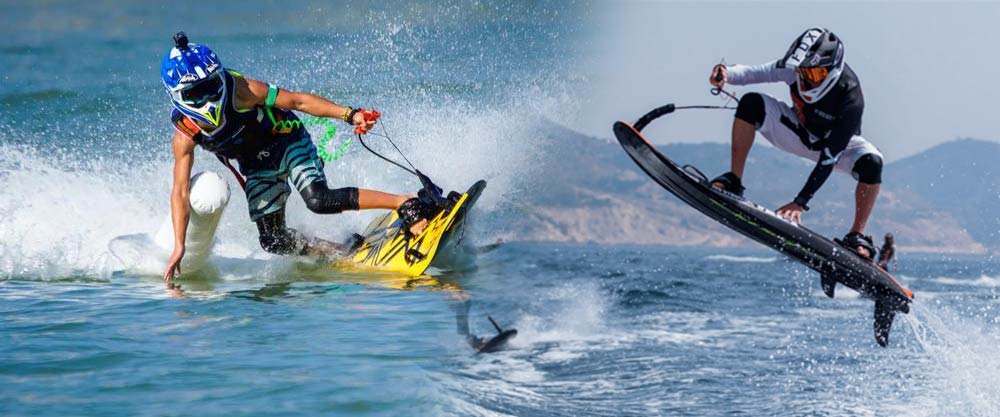
Gas Engine Surfboard Design and Components
2.1 Overall Design and Shape:
The design and shape of a fuel powered surfboard are essential for optimizing its performance. Gas powered surfboards typically feature a streamlined design with the following key design elements:
- A streamlined, aerodynamic shape to minimize water resistance and enhance speed.
- Varied lengths depending on the model, with longer boards for stability and wave-catching and shorter boards for maneuverability.
- Different hull shapes, including flat, concave, or contoured bottoms for improved control and handling.
- Tail design options like pintail, round tail, or swallowtail, influencing the board’s turning ability.
- The shape of the rails, affecting the board’s responsiveness and stability.
- Lightweight and durable materials, such as fiberglass, carbon fiber, or advanced composites, ensuring strength without excessive weight.
- Fins, either single or multiple, to stabilize and maneuver the board.
- A non-slip deck pad for rider traction.
- Attachment points for accessories like safety leashes or additional gear.
2.2 Materials Used:
The materials used in the construction of fuel powered surfboard play a crucial role in their performance, durability, and weight. Common materials include:
- Fiberglass: Known for its strength and relatively lightweight properties, making it a popular choice for surfboard construction.
- Carbon Fiber: Offers exceptional strength-to-weight ratio, providing both durability and reduced weight.
- Advanced Composite Materials: These materials combine various elements to achieve optimal performance, weight reduction, and durability.
2.3 Engine and Propulsion System:
The engine and propulsion system are the powerhouse of a gas powered surfboard, enabling it to move across the water. Here are some key elements include.
- A small internal combustion engine, often two-stroke, mounted on the surfboard’s rear or bottom.
- The engine generates power to drive a jet pump system, which propels the board forward.
- The engine’s size, power, and fuel efficiency can vary among different models, affecting the board’s speed and performance.
2.4 Throttle Control and Steering Mechanism:
Control and steering mechanisms are essential for directing the gas-powered surfboard effectively. These elements consist of:
- A handheld throttle control operated by the rider to manage speed and direction.
- A steering mechanism, which may include a handle or bar, for controlling the board’s direction by tilting or turning the handle.
- Electronic ignition switch buttons for starting and stopping the engine.
These components collectively enable riders to accelerate, decelerate, and navigate their gas powered surfboard, contributing to the overall riding experience and control.
How to operate a Gas-Powered Surfboard
Riding a gas-powered surfboard requires a good understanding of its operation and safety protocols. This section provides an overview of the key aspects involved in operating a gas-powered surfboard:
3.1 Starting and Stopping the Engine:
Starting and stopping the engine is a fundamental aspect of operating a gas-powered surfboard. This involves:
- Initiating the engine using the electronic ignition switch buttons.
- Properly priming and warming up the engine for optimal performance.
- Stopping the engine safely when needed, ensuring the board comes to a complete stop.
3.2 Throttle Control and Speed Management:
Effective control over the throttle is crucial for managing speed and safety on a gas-powered surfboard. This section covers:
- Using the handheld throttle control to accelerate, decelerate, and maintain a constant speed.
- Understanding how throttle control impacts the board’s movement and responsiveness.
- Managing speed in varying water conditions and while catching waves.
3.3 Steering and Maneuvering:
Steering and maneuvering the gas-powered surfboard is essential for navigating the water and enjoying the ride. Key points include:
- Utilizing the steering mechanism, often a handle or bar, to change the board’s direction.
- Mastering the art of steering to make precise turns, control speed, and navigate waves effectively.
- Techniques for maneuvering in different water conditions, such as turning, carving, and maintaining stability.
3.4 Safety Gear and Precautions:
Safety is paramount when operating a gas powered surfboard. This section addresses safety measures and equipment:
- The importance of wearing appropriate safety gear, including a life jacket, wetsuit, and helmet.
- Safety precautions to prevent accidents, such as maintaining a safe distance from other watercraft and swimmers.
- Being aware of potential risks and hazards while riding and taking measures to minimize them.
- Abiding by local regulations and safety guidelines to ensure a safe and enjoyable experience on the water.
Operating a gas-powered surfboard requires a combination of skill, responsibility, and knowledge to ensure both the rider’s safety and the preservation of the environment. Following these operating guidelines and safety precautions is essential for a fun and secure experience on the water.
Performance and Speed
The performance and speed of a gas engine surfboard are key factors that contribute to the excitement and thrill of riding. This section delves into various aspects related to the performance and speed of these watercraft:
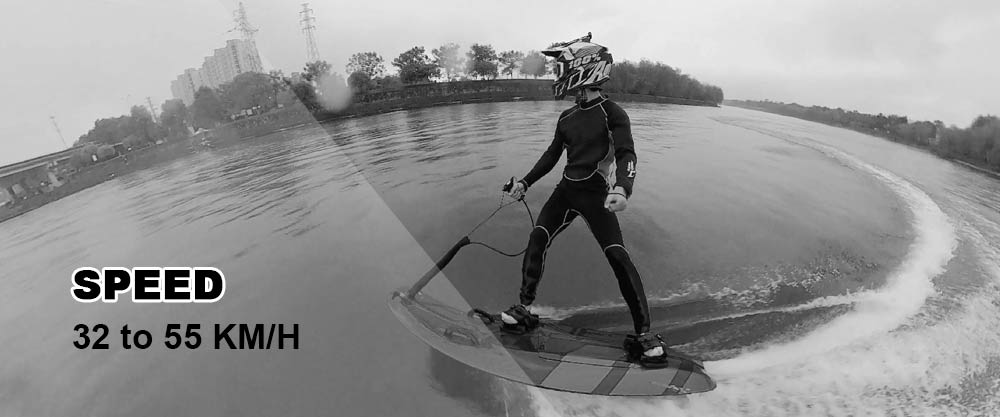
4.1 Maximum Speed and Acceleration:
Understanding the board’s maximum speed and acceleration capabilities is crucial for riders looking to push the limits and experience the thrill of gas powered surfboarding. This section covers:
- Exploring the top speeds that gas-powered surfboards can achieve, typically ranging from 20 to 34 miles per hour (32 to 55 kilometers per hour).
- The exhilarating experience of acceleration, going from a standstill to high speeds in seconds.
- How engine power, throttle control, and rider skill influence speed and acceleration.
4.2 Riding in Different Water Conditions:
Riding a gas engine surfboard in various water conditions requires adaptability and skill. This section discusses the challenges and strategies for navigating different types of water:
- Adapting to calm and flat water conditions, where stability and control are key.
- Riding in choppy or rough water demands greater agility and wave-riding skills.
- Strategies for handling varying water conditions and maintaining control and balance.
4.3 Catching Waves with a Gas-Powered Surfboard:
One of the most exciting aspects of gas powered surfboarding is the ability to catch and ride ocean waves. This section provides insights into wave riding with a motorized surfboard:
- Tips and techniques for positioning and timing when catching waves.
- How to align with the wave’s energy and ride it smoothly.
- The unique challenges and exhilaration of riding waves with the assistance of the board’s propulsion system.
Maintenance and Care
Proper maintenance and care are essential to ensure the longevity and performance of your gas powered surfboard. This section provides an overview of the maintenance and care practices required for your board:

5.1 Regular Maintenance Checks
Regular maintenance checks are vital for keeping your gas powered surfboard in prime condition. This part of the guide covers:
- The importance of routine inspections to identify wear and tear, loose components, or potential issues.
- A checklist of key areas to inspect, such as the engine, throttle control, steering mechanism, and safety features.
- Tips for scheduling and performing maintenance checks to prevent unexpected problems and ensure safety.
5.2 Engine Care and Oil Changes
Maintaining the engine is a critical aspect of gas powered surfboard care. This section provides guidance on engine care and oil changes, including:
- The significance of maintaining the engine is to ensure optimal performance and longevity.
- The frequency and process for changing the engine oil to keep it clean and lubricated.
- Recommendations for engine care practices to prevent overheating and reduce wear and tear.
5.3 Cleaning and Storage
Proper cleaning and storage of your gas powered surfboard help safeguard its integrity and extend its life. This part of the guide covers:
- Cleaning procedures to remove saltwater, sand, and debris from the board’s surfaces after each use.
- Tips for proper board storage to shield it from environmental elements and potential damage.
- How to protect your investment by maintaining the surfboard beyond the water, ensuring its readiness for future rides.
Safety and Environmental Considerations
Ensuring the safety of riders and promoting responsible environmental practices are paramount when operating gas powered surfboards. This section explores the crucial safety and environmental aspects related to these watercraft:
6.1 Safety Guidelines for Riders
Safety guidelines provide essential information to ensure a secure riding experience for gas powered surfboard enthusiasts. This part of the guide includes:
- An overview of safety gear and why it’s essential, including life jackets, wetsuits, helmets, and more.
- Safety precautions, such as maintaining a safe distance from other watercraft, swimmers, and obstacles.
- Tips on being vigilant and proactive while riding to avoid accidents and ensure a safe experience.
6.2 Environmental Impact and Conservation
Operating gas-powered surfboards can have environmental consequences. This section addresses the environmental impact and conservation efforts associated with these watercraft, including:
- The implications of emissions from the gasoline engine and fuel consumption.
- Strategies for responsible and eco-friendly riding practices to minimize the environmental footprint.
- The importance of preserving the natural environment and respecting marine ecosystems.
6.3 Local Regulations and Compliance
Compliance with local regulations and laws is essential to maintain the safety of all water users and the environment. This part of the guide covers:
- Navigating local regulations and rules governing the use of gas powered surfboards.
- The significance of adhering to these regulations is to ensure a safe and responsible riding experience.
- How to stay informed about specific regulations in your area and be a responsible rider.
Choosing a Gas-Powered Surfboard
Selecting the right gas powered surfboard is a crucial decision, as it directly affects your riding experience and satisfaction. This section provides guidance on choosing the ideal surfboard:
7.1 Factors to Consider
Several factors should be taken into account when choosing a gas powered surfboard. This part of the guide explores the key considerations, including:
- Rider Skill Level: Assessing your own skill and experience to match it with the appropriate board.
- Intended Use: Identifying whether you want the board for cruising, wave riding, or other purposes.
- Board Size and Shape: Evaluating the dimensions, design, and features of the surfboard.
- Engine Power and Performance: Determining the level of power and speed you require.
- Weight and Portability: Assessing the board’s weight and ease of transport.
- Budget: Setting a budget that aligns with your preferences and financial constraints.
- Brand and Model: Researching reputable manufacturers and specific board models.
- User Reviews: Considering feedback and reviews from other riders to inform your decision.
7.2 Electric vs. Gasoline-Powered Options
In recent years, electric surfboards have emerged as an alternative to traditional gasoline-powered boards. This section offers a comparison between these two options, addressing factors like:
- Environmental Impact: Assessing the eco-friendliness of electric surfboards compared to their gasoline counterparts.
- Noise Level: Comparing the noise produced by gas powered surfboards to the quieter operation of electric boards.
- Maintenance Differences: Exploring the maintenance requirements of each type.
- Performance and Speed: Evaluating the speed and performance differences between electric and gas powered boards.
- Personal Preference: Weighing personal preferences and priorities when choosing between the two options.
All in all, the Gas powered surfboards offer an exhilarating experience for surfers and water sports enthusiasts, as they provide an alternative means of catching waves and enjoying the ocean. However, it’s crucial to operate them safely, be aware of the environmental impact, and follow any applicable laws and regulations.


